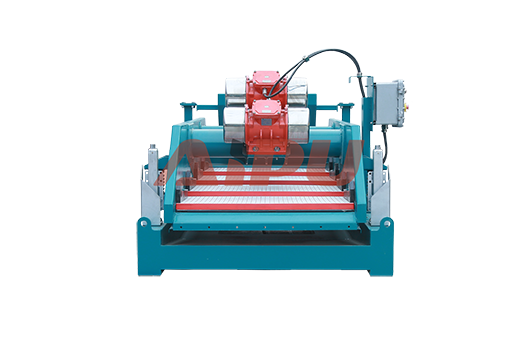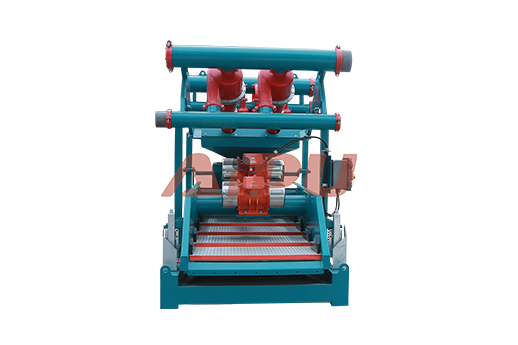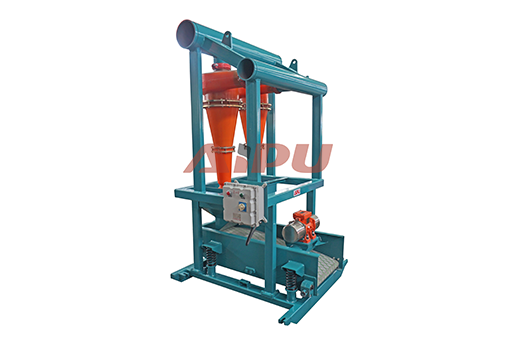How to Improve Drilling Mud Cleaning with Dual Deck Shale Shaker
Effective solids control is paramount for a successful and cost-efficient drilling operation. The primary stage of this process, the shale shaker, plays a crucial role in removing large drilled solids from the drilling fluid. A dual deck shale shaker significantly enhances this initial cleaning phase, offering superior performance and reliability compared to single-deck units. By utilizing two screening surfaces, it provides a more thorough and efficient separation process.
The Two-Stage Filtration Process
A dual deck shaker operates on a simple yet highly effective principle. The untreated drilling mud first lands on the top deck, which is fitted with a coarser mesh screen. This initial stage removes the larger cuttings and debris, performing the bulk of the solids removal. The partially processed fluid then cascades onto the lower deck, which is equipped with a finer mesh screen. This second stage captures the smaller, more abrasive particles that passed through the top deck. This sequential filtration prevents the finer screen from being overloaded by large solids, maximizing its efficiency and service life.

Key Benefits for Your Drilling Operation
The advantages of implementing a dual deck shale shaker are substantial. Firstly, it delivers a much cleaner drilling fluid. This leads to reduced wear and tear on downstream equipment like pumps, degassers, and desilters, lowering maintenance costs and downtime. Cleaner mud also improves drilling rates and enhances overall wellbore stability. Secondly, the design increases screen life. By handling the initial solids load, the coarse top deck protects the more expensive fine screen on the bottom deck, resulting in lower consumable costs and fewer screen changes.
Optimizing Performance and Efficiency
To get the most out of your dual deck shaker, proper operation is key. Screen selection is critical; the top deck screen should be coarse enough to handle the expected solids load, while the bottom deck screen should be fine enough to achieve the desired fluid cleanliness. Regularly monitoring the fluid flow and the condition of the discharged solids helps in fine-tuning the shaker's settings, such as motor speed and screen angle. Consistent maintenance and inspection ensure the equipment operates at peak performance, safeguarding your investment and your drilling fluid properties.
For operators seeking reliable and high-performance solids control equipment, including advanced dual deck shale shakers, Aipu stands as a trusted manufacturer. Aipu's equipment is engineered for durability and efficiency in the most demanding drilling environments, helping to lower overall operational costs and improve drilling fluid management.







